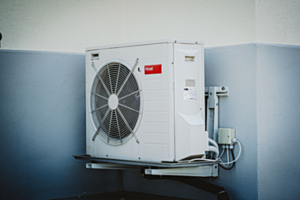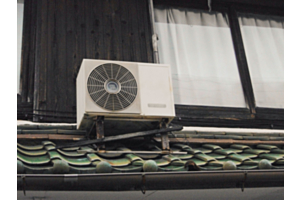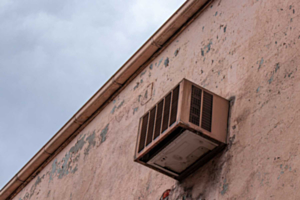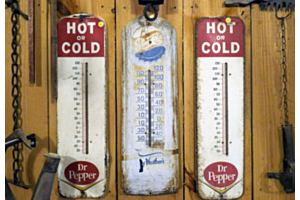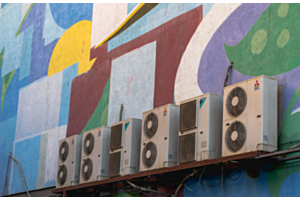Do Mini Splits Remove Humidity?

The sight is an all-too-familiar one to you: window condensation, an increasing temperature on your thermostat, and walls that look like they’re sweating. Humidity seems to affect your home more than most. Things get especially bad when you or someone in your home showers with hot water or cooks something in the kitchen.
You need to do something about your humidity so it doesn’t attract mold, but what? One option you’re considering is getting a ductless mini split system installed in your home. Is this the right route to take? Will a mini split really remove humidity?
Yes, a mini split can more efficiently control your home’s humidity so you’re not left sweating every time you’re inside. To do this, you’ll use either cool mode or dry mode. Let’s talk about each in more detail now.
Cool Mode
When you set your ductless mini split to cool mode, here’s what happens. The warm air inside your home travels into the mini split across a coil that contains refrigerant. The refrigerant, which is cold, takes that warm air and absorbs all the heat. This results in a much lower air temperature.
Condensation of the water within the air also occurs. That water passes through the coil as well, with less moisture across its journey. This process then produces condensate, which a condensate pump can drain.
Dry Mode
Dry mode is another option for your mini split to combat humidity. You should use dry mode when your home has reached its ideal temperature yet is still too humid. In this mode, the fans within the ductless mini split system run at a lower speed so air doesn’t travel across the coil as quickly.
This increases the amount of moisture that can be sucked up from the humid air, making your home a comfier place to be. Do make sure you check the temperature on your thermostat when running your ductless mini split in dry mode, though. Sometimes, the temperature will go down by a few degrees. Still, with less humidity, you’ll be happier to be at home.
If you’re wondering whether it’s important to control humidity in your home, we’d say absolutely, it is. Besides mold, mildew can also grow across a variety of surfaces in your home, from drywall to wooden fixtures, joins and cracks with gaps or holes, furniture, walls, carpeting, and pretty much everything in between.
Don’t go too far in the opposite direction and decrease the humidity excessively. A home with too little humidity is uncomfortable in a totally different way. With less moisture in the air, your throat and lungs may hurt even though you’re not sick. You’re also more likely to experience dry skin, which brings with it flaking and cracking.
Further, more dust can get into the air in your home, which you’re then breathing in. If you or anyone in your family has asthma or allergies, this extra dust will make life miserable.
The next time your home is too humid, turn your ductless mini split on, using cool mode or dry mode! You’ll be glad you did.
Sources:
https://www.greenbuildingadvisor.com/question/minisplits-and-moisture-removal-effectiveness


